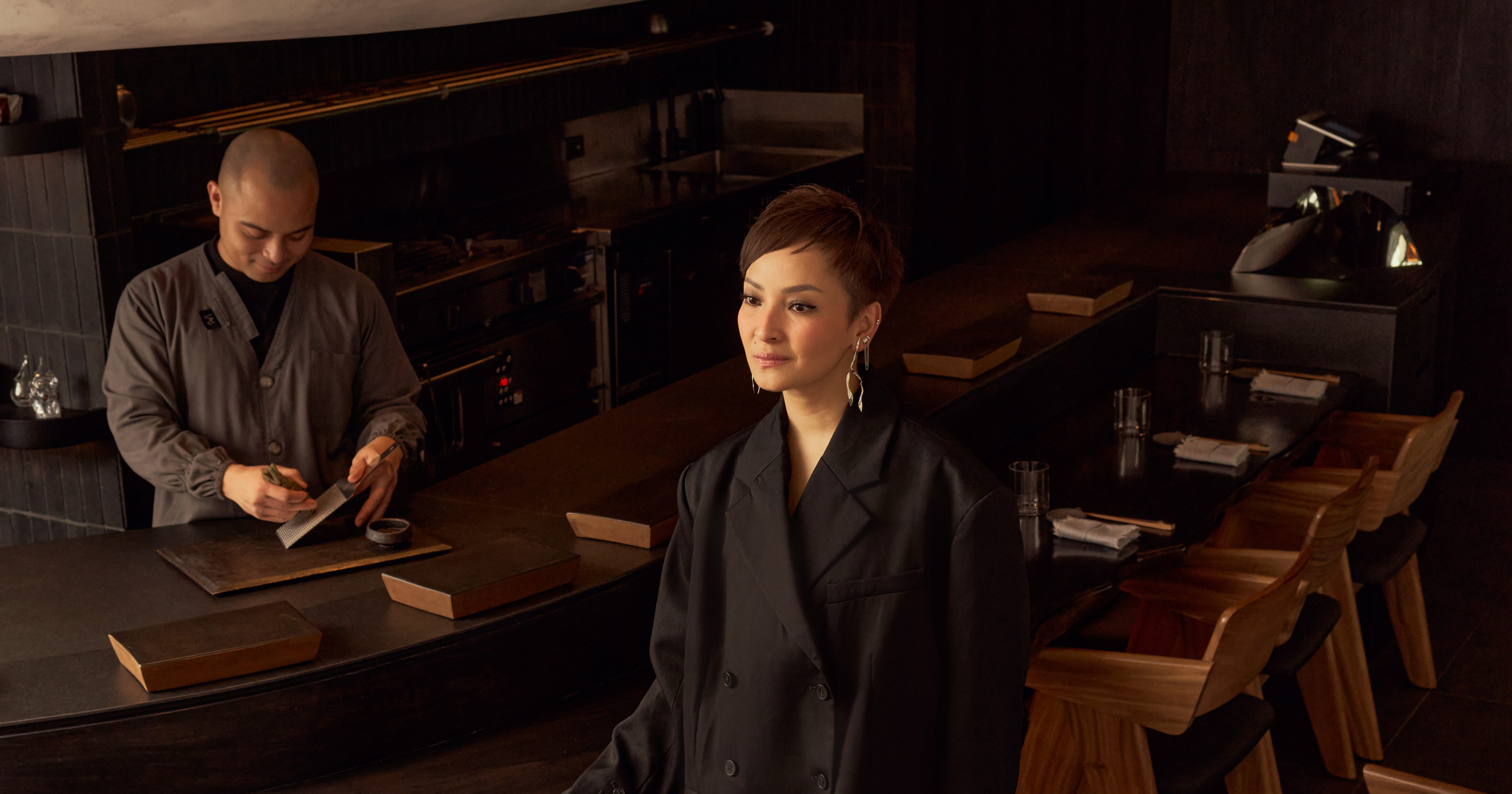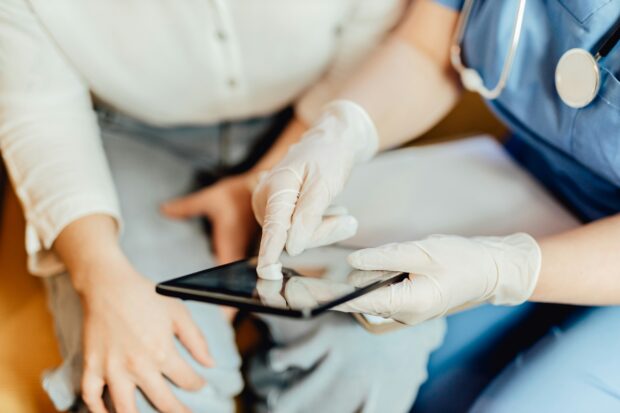In this lab, all you have to do is sleep.
That’s a tall order for patients suffering from insomnia or sleep apnea. But at Makati Medical Center’s Sleep Laboratory, that’s the goal.
Dr. Rosalina B. Espiritu-Picar of the Makati Medical Center recalls the case of a patient who has been struggling with sleep for years. Describing it as “shallow” and the feeling of being “tired and fatigued” upon waking up in the morning, the man had the symptoms of insomnia.
An overnight stay at Makati Medical Center’s Neurophysiology and Sleep Disorders Laboratory (NSDL) revealed a more serious disorder: obstructive sleep apnea.
A condition characterized by repeated stoppages of breathing during sleep because the throat muscles block the airway, obstructive sleep apnea was believed to be a health concern among overweight individuals.
In fact, skinny people can have it, too, says Picar, as well as those with a large tongue or tonsils, fat and short neck, or deviated septum.
Given their facial features—recessed chin, for example—skinny Asians could experience obstructive sleep apnea, and the disorder could span generations.
Left untreated, the condition puts a strain on the cardiovascular system, contributing to the development of hypertension and heart disease.
Ultimately, it was the man’s stoppages in breathing, a telltale sign of obstructive sleep apnea, observed during his overnighter at Sleep Lab, that confirmed the diagnosis.
“He knows that he snores, but the doctors who saw him didn’t ask. They just gave him a sleeping pill,” says Picar. “All the more the man complained that he couldn’t sleep!”
To address his condition, MakatiMed’s sleep specialists recommended CPAP (continuous positive airway pressure) therapy.
CPAP therapy uses a machine that pushes air pressure into the throat so the airway does not get blocked. For the man who couldn’t sleep, wearing a CPAP mask spelled a huge, dramatic difference.
“Now he sleeps very well,” says Picar.
Purpose of sleep
Established in 1999, MakatiMed’s NSDL, under the NeuroSciences Center, was aimed to provide diagnostic purposes.
“Lab” seems like a misnomer for two private rooms set up to look like a hotel suite: fully air-conditioned, with a queen-size bed, a sofa and flat-screen TV airing cable channels.
Patients sleep with electrodes attached to monitor brain activity, breathing, heart rate, movement and other manifestations that occur during sleep.
The rooms, says Picar, are “very conducive to sleep.”
There’s no overstating the crucial role that sleep plays in our overall health and well-being.
“The main purpose of sleep is to ensure wakefulness during the day,” explains Picar, a neurologist, sleep specialist and codirector of NSDL.
“Sleep also ensures the proper functioning of our body systems. Every day, the body needs to wind down and restore itself, and it does that when we sleep. Learning consolidation also happens while we sleep, so when we’re sleep-deprived, our memory and concentration aren’t as sharp.”
How much sleep one needs varies with each individual, but Picar suggests that adults aim for six to eight hours.
Sleeping less or more than the recommended duration could set you up for certain diseases, such as heart disease or stroke. Or it could be a symptom of an undetected condition such as hypothyroidism or depression.
Food cravings
What time you sleep is also key. The body operates on a circadian rhythm, says Picar, meaning it is designed to be awake at day and asleep at night.
Fiddle with that rhythm (as call center people do when they train themselves to stay up all night for work) and you inadvertently mess up your body’s natural functions.
Hormonal secretions shift, leading to food cravings that result in weight gain and a slew of health conditions.
It’s not just the quantity of sleep, but also the quality of sleep that matters. How to tell if you’ve had a good night’s rest?
“If you’re alert during the day and don’t need several cups of coffee or other stimulants to keep you from feeling drowsy,” says Picar.
State-of-the-art equipment
MakatiMed’s NeuroSciences Center has state-of-the-art equipment to diagnose epilepsy, brain inflammation, infection (from meningitis and encephalitis), head injury and degenerative diseases like Alzheimer’s disease.
The patients who benefit most from the lab are those with obstructive sleep apnea, says Picar.
A CPAP is usually enough to correct the condition, though some patients turn to surgery when the apnea is caused by a structural issue of the nose, mouth or throat.
The lab has the diagnostic tools required for correct diagnosis. It is able to diagnose narcolepsy, a complex neurological disorder marked by a patient’s uncontrollable sleepiness, sleep paralysis (a patient is awake but can’t move), hallucinations and cataplexy, a disturbing condition where heightened emotions cause a patient to suddenly lose muscle control and collapse.
As for insomnia—the most common complaint heard by sleep specialists—the inability to sleep results from a myriad causes, from simple jet lag to more serious cases of depression and anxiety.
Only after doctors determine the reason behind a patient’s insomnia can they provide a specific plan of action.
Solutions range from the strict and short-term use of sleeping pills to changing poor sleeping habits.
This means sleeping only at particular hours, scheduling naps not too close to bedtime, eliminating stimulants such as coffee before sleep, and removing items that keep you awake all night—gadgets are the usual suspects.
“I usually enlist the help of family members,” says Picar, when dealing with a patient’s insomnia. “More than a sleeping pill, it’s a patient’s behavioral change that yields the best results.”












































